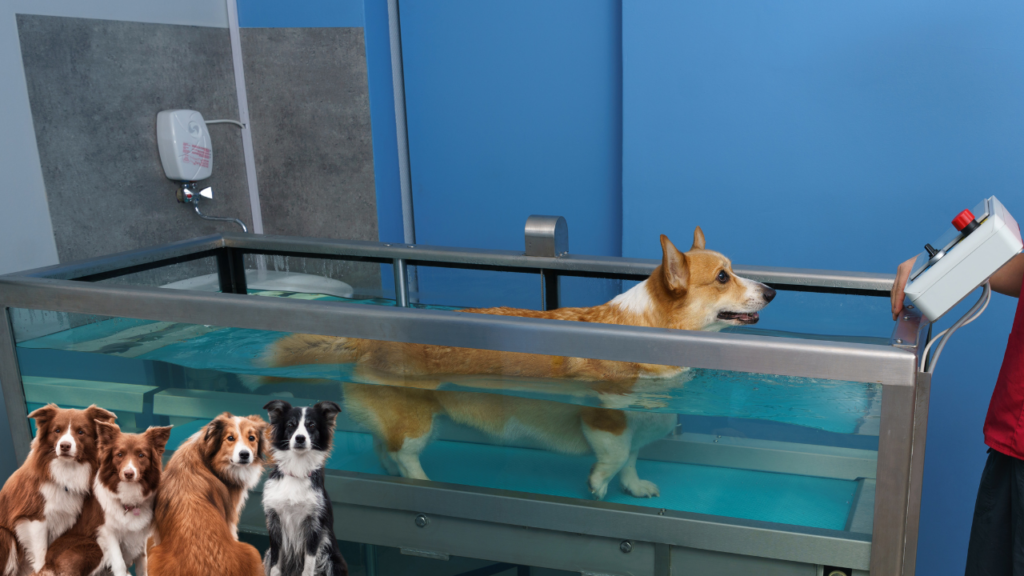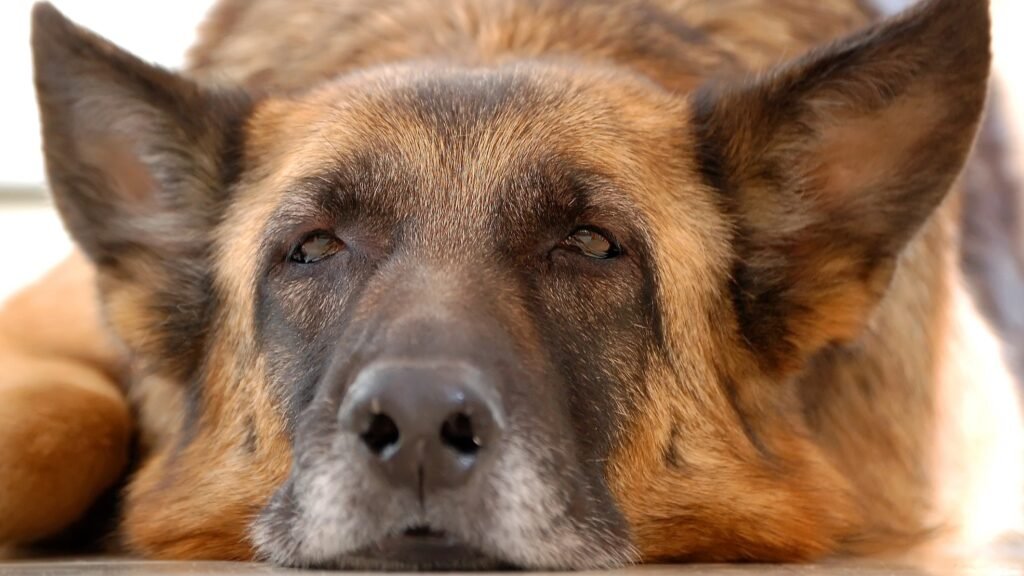As our beloved dogs age, their once-bounding energy may begin to slow, but their love for life—and for you—remains as vibrant as ever. Senior dogs, just like us, benefit from staying active both physically and mentally to maintain their health and happiness in their golden years. Helping your aging pup stay active isn’t just about exercise; it’s about creating moments of joy, connection, and vitality that keep their tails wagging. Here are 10 practical ways to keep your senior dog moving, engaged, and thriving. After all, their golden years deserve to shine as brightly as they do!
Regular Veterinary Check-Ups

As your dog ages, regular veterinary visits become increasingly essential. These check-ups help monitor your senior dog’s overall health and identify any potential issues that could impact their activity levels. Your vet can assess your dog’s mobility, weight, and general condition, ensuring that any recommendations for exercise are suitable for their age and health status. By keeping track of your dog’s health, you can make informed decisions about how to keep them active and happy.
Customized Exercise Regimen

A one-size-fits-all approach doesn’t work for senior dogs. Tailoring an exercise regimen that suits your dog’s specific needs is critical. Consider their breed, weight, and any existing health issues when developing a plan. Short, low-impact walks or gentle games of fetch in a familiar environment can be beneficial. The goal is to maintain a routine that keeps your dog moving without causing undue strain or stress.
Hydrotherapy for Joint Relief

Hydrotherapy is an excellent way for senior dogs to stay active without putting stress on their joints. The buoyancy of water supports your dog’s weight, allowing them to exercise comfortably. Swimming or walking on an underwater treadmill can improve cardiovascular health and help manage arthritis or other joint issues. Consult with your vet to find a local facility that provides hydrotherapy services suitable for dogs.
Engage in Mental Stimulation

Mental stimulation is just as important as physical activity for senior dogs. Puzzle toys, interactive feeders, or obedience training sessions can keep your dog’s mind sharp. Engage your dog in activities that challenge their cognitive abilities, like hide-and-seek or scent detection games. Mental exercise can help reduce the risk of age-related cognitive decline and improve your dog’s overall quality of life.
Maintain a Healthy Diet

Proper nutrition plays a significant role in keeping your senior dog active. A balanced diet that meets their specific dietary needs can help maintain their energy levels and support joint health. Talk to your veterinarian about the best nutritional options for your senior dog, including supplements such as omega-3 fatty acids that promote joint and brain health. Keeping your dog’s weight in check will also alleviate pressure on their joints and enhance mobility.
Adapt the Environment

Making your home more accessible for your senior dog can encourage activity and prevent injury. Provide ramps for easy access to furniture or cars, and place nonslip rugs on slippery floors to prevent falls. Ensure that water and food bowls are within easy reach and that your dog’s bedding is comfortable and supportive. By making these changes, you can create a safe and inviting space that encourages your dog to stay active.
Focus on Low-Impact Activities

For senior dogs, high-impact activities might no longer be suitable. Instead, focus on low-impact exercises like leisurely walks, swimming, or gentle play sessions. These activities promote movement without the risk of injury or exacerbating existing conditions like arthritis. Low-impact exercises help maintain muscle mass, improve circulation, and enhance overall well-being.
Implement Gentle Massage Techniques

Massage can be an excellent way to help your senior dog stay active by improving circulation and relieving muscle tension. Gentle massage techniques can also provide pain relief for arthritic or sore joints. Regular massages can promote relaxation, reduce stress, and improve your dog’s range of motion. Always consult with your vet or a certified animal massage therapist to learn the appropriate techniques for your dog.
Monitor Your Dog’s Behavior

Pay close attention to any changes in your senior dog’s behavior or activity levels. Lethargy, reluctance to move, or changes in appetite could indicate underlying health issues that need veterinary attention. By being proactive and observant, you can address problems early and adjust your dog’s exercise routine accordingly to ensure it remains beneficial and safe.
Encourage Social Interaction

Social interaction can boost your senior dog’s mood and encourage physical activity. Arrange playdates with other gentle dogs or visit a local dog park where your pet can interact in a controlled environment. Socializing with other dogs and people provides mental stimulation and keeps your senior dog engaged with the world around them. This interaction can enhance their emotional well-being and motivate them to stay active. By integrating these 10 strategies, you can help your senior dog maintain an active and fulfilling lifestyle. Always consult with your veterinarian before making significant changes to your dog’s exercise or diet to ensure that these adaptations meet their individual needs.

Andrew Alpin from India is the Brand Manager of Doggo digest. Andrew is an experienced content specialist and social media manager with a passion for writing. His forte includes health and wellness, Travel, Animals, and Nature. A nature nomad, Andrew is obsessed with mountains and loves high-altitude trekking. He has been on several Himalayan treks in India including the Everest Base Camp in Nepal.






